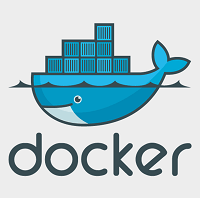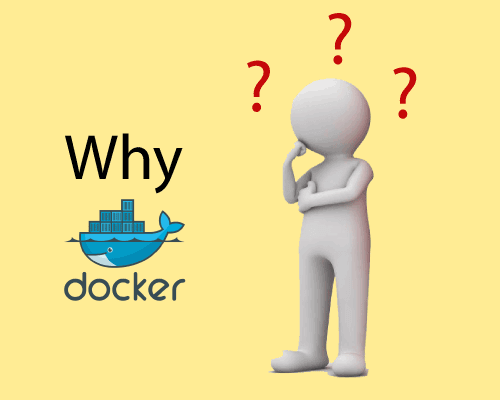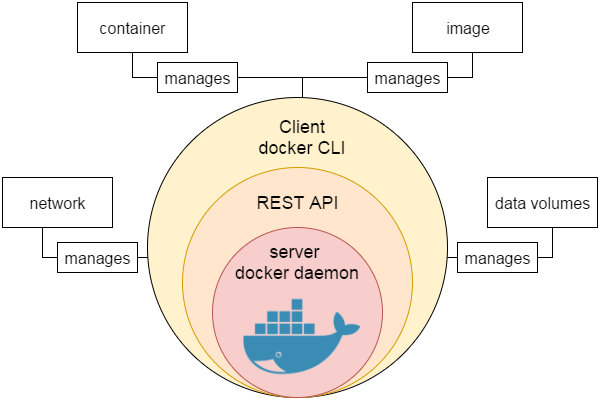-
Docker Tutorial
- docker-tutorial
- docker-features
- docker-architecture
- installation-on-ubuntu
- installation-on-windows
- docker-image-container
- docker-dockerfile
- docker-java-example
- docker-php-example
- docker-python-example
- docker-scala-example
- docker-perl-example
- docker-ruby-example
- docker-swift-example
- docker-ubuntu-example
- docker-push-repository
- docker-useful-commands
- docker-cloud
- docker-compose
- docker-storage-driver
- docker-vs-kubernetes
Docker Tutorial Docker Tutorial provides basic and advanced concepts of Docker. Our Docker Tutorial is designed for both beginners as well as professionals. Docker is a centralized platform for packaging, deploying, and running applications. Before Docker, many users face the problem that a particular code is running in the developer's system but not in the user's system. So, the main reason to develop docker is to help developers to develop applications easily, ship them into containers, and can be deployed anywhere. Docker was firstly released in March 2013. It is used in the Deployment stage of the software development life cycle that's why it can efficiently resolve issues related to the application deployment. What is Docker?Docker is an open-source centralized platform designed to create, deploy, and run applications. Docker uses container on the host's operating system to run applications. It allows applications to use the same Linux kernel as a system on the host computer, rather than creating a whole virtual operating system. Containers ensure that our application works in any environment like development, test, or production. Docker includes components such as Docker client, Docker server, Docker machine, Docker hub, Docker composes, etc. Let's understand the Docker containers and virtual machine. Docker ContainersDocker containers are the lightweight alternatives of the virtual machine. It allows developers to package up the application with all its libraries and dependencies, and ship it as a single package. The advantage of using a docker container is that you don't need to allocate any RAM and disk space for the applications. It automatically generates storage and space according to the application requirement. Virtual MachineA virtual machine is a software that allows us to install and use other operating systems (Windows, Linux, and Debian) simultaneously on our machine. The operating system in which virtual machine runs are called virtualized operating systems. These virtualized operating systems can run programs and preforms tasks that we perform in a real operating system. Containers Vs. Virtual Machine
Why Docker? Docker is designed to benefit both the Developer and System Administrator. There are the following reasons to use Docker -
Advantages of DockerThere are the following advantages of Docker -
Disadvantages of DockerThere are the following disadvantages of Docker -
Docker EngineIt is a client server application that contains the following major components.
 PrerequisiteBefore learning Docker, you must have the fundamental knowledge of Linux and programming languages such as java, php, python, ruby, etc. AudienceOur Docker Tutorial is designed to help beginners and professionals. ProblemWe assure that you will not find any difficulty while learning our Docker tutorial. But if there any mistake, kindly post the problem in the contact form. Next TopicDocker Features
|